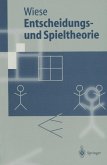

Broschiertes Buch
Genetic Algorithms, Tabu Search, Simulated Annealing and Neural Networks
Softcover reprint of the original 1st ed. 2000
30. September 2011
Springer / Springer London / Springer, Berlin
978-1-4471-1186-3
Ähnliche Artikel
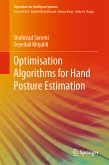
eBook, PDF
26. August 2019
Springer Nature Singapore

eBook, PDF
30. September 2009
Springer Berlin Heidelberg

eBook, PDF
13. August 2019
Springer International Publishing
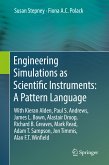
eBook, PDF
1. November 2018
Springer International Publishing
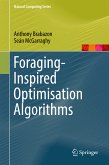
eBook, PDF
26. September 2018
Springer International Publishing

eBook, PDF
20. Oktober 2012
Springer Berlin Heidelberg
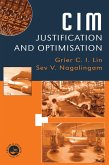

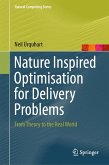
74,89 €**
40,95 €
**Preis der gedruckten Ausgabe (Gebundenes Buch)
Sofort per Download lieferbar
VersandkostenfreieBook, PDF
14. Mai 2022
Springer International Publishing

eBook, PDF
15. Dezember 2018
Springer International Publishing
Ähnlichkeitssuche: Fact®Finder von OMIKRON
